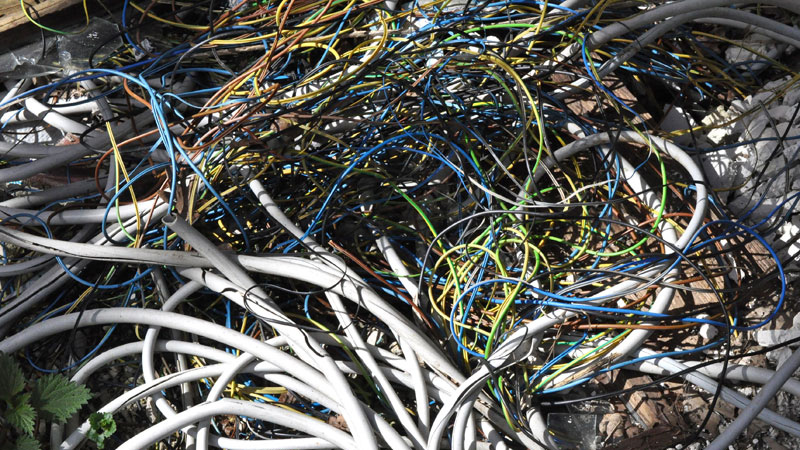The United Nations University conducted research on the economics of reporting and scavenging of e-waste. Not reporting results in a 20 % lower operational costs meaning that parties that do not report realise profits which exceed normal margins in the recycling industry.
Another finding is that scavenging of e-waste, where valuable parts like motors, compressors, hard disks, cables and printed circuit boards are taken out before it reaches recyclers, results in a yearly loss for the industry of € 170 million. On average 22 % of the e-waste volumes in Europe are scavenged, causing significant environmental damage. 2/3 of the fridges and air conditioners do not reach legitimate recyclers or are scavenged. This leads to an environmental impact which equals CO2 emissions of 6.000.000 cars annually. In addition illegal export, scavenging and mixing non-depolluted WEEE in large shredders are practices where e-waste is not depolluted and/or proper disposal of hazardous and non-hazardous fractions is not done. These practices can lead to a costs avoidance of 32 % of the operational cost for legitimate recycling.
The e-waste recyclers and researchers give a helping hand on how reporting can be improved. Creating a level-playing field by introducing mandatory standards is one of the recommendations. Furthermore they propose that recyclers are compensated for the diverted economic income due to scavenging.










